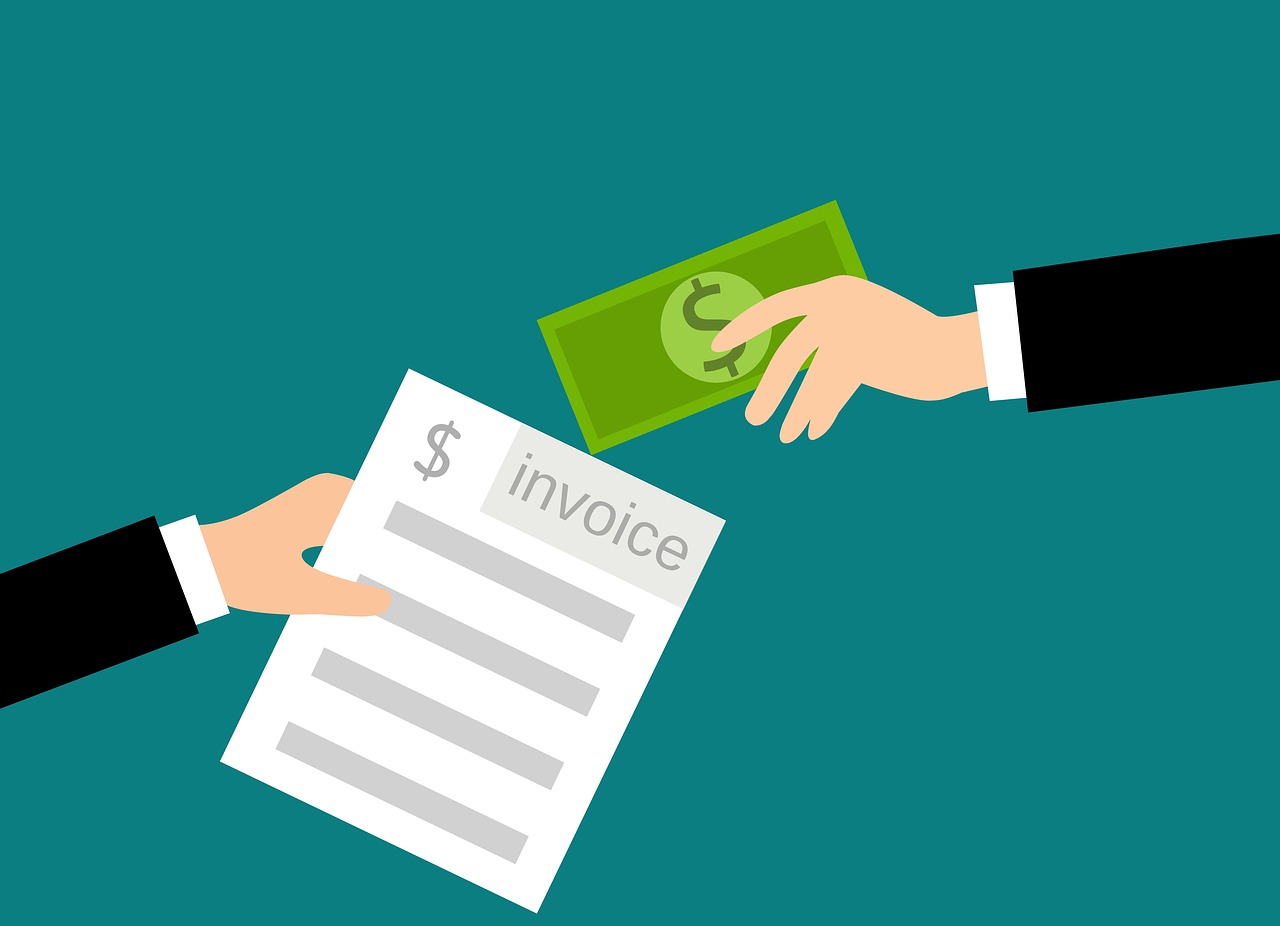5 Steps for Automating Billing Systems
In this digital age, managing your business’s financial operations efficiently is crucial. This is where automating your billing system plays a pivotal role. Automation not only helps streamline your billing processes but also eliminates manual errors, ultimately saving time and resources. In this article, we will guide you through five practical steps to revolutionize your invoicing process with automation. Ready to transform your business with efficient report generation? Let’s dive in.
Advantages and Benefits of Automating Billing Systems
Modern businesses require modern solutions. Automating your billing system not only improves efficiency but also brings an array of benefits that significantly impact your bottom line. The most profound advantages are seen in cost reduction and time efficiency.
Automation simplifies your invoicing process, removing the need for manual labor, which in turn, reduces overhead costs. Similarly, it speeds up the entire billing process, saving significant time that can be utilized elsewhere in your business.
Step-by-Step Process for Automating Billing Operations
Implementing automation in your billing operations might seem like a daunting task. However, with a well-defined process algorithm, it can be much more straightforward.

- Assessment: Before you start, evaluate your existing billing process. Identify bottlenecks, redundant steps, and areas where errors are most frequent. This initial assessment will help tailor your automation strategy to your business’s specific needs.
- Define Requirements: List out the features you need in an automation tool. This could be multi-currency support, integration with existing systems, or customizable invoice templates.
- Choose a Tool: Based on your requirements, select an automation tool that fits your needs. Our invoice generator can be an excellent place to start.
- Configuration and Customization: Configure the tool as per your business operations. Customize the invoicing process to reflect your brand, including the look and feel of the invoice.
- Testing and Deployment: Test the tool thoroughly before fully deploying it. Gradually increase its use as you confirm its reliability and efficiency.
- Training: Ensure that your team is fully trained to use the new tool, including the generation of crucial reports. This will help you make the most out of the automation.
- Review and Improve: Regularly review the system’s effectiveness and make necessary improvements. Automation is not a one-time process; it’s an ongoing journey.
Following these seven steps lays a strong foundation for effectively automating your billing operations.

Evaluation of Software Solutions and Payment Gateways
As your business grows, so does the need for a robust software solution to manage your billing system. It’s imperative to evaluate different options before making a decision, as this software will be a crucial part of your operations.
When assessing, look for those functions that align with your business needs. This might include features like customization, data analytics, ease of integration with other systems, and customer support.
Check out our customizable
services invoice template that comes with all these essential features. Remember, choosing the right software is not just about meeting your current needs but also about future-proofing your operations.

Tips for Seamless Integration and Ongoing System Management
After choosing your billing software, the next step is integration and system management. Smooth integration is critical to avoid disruption in your operations. Here are some tips to handle it effectively:
- Create a detailed integration plan, outlining all the steps, roles, and responsibilities.
- Ensure your data is accurate and organized before transferring it to the new system. This will help to minimize errors.
- Test the system thoroughly before going live.
Once your system is up and running, ongoing management is key. Regularly monitor and update your system to ensure it’s meeting your business needs. Also, check out our
business invoice template for efficient system management post-integration.

Unlocking Sustainable Growth With Automated Billing Systems
In the rapidly evolving world of business, automation has become much more than just a trend; it’s a necessity. By embracing automated billing systems, companies can drive sustainable growth and thrive in a highly competitive landscape. Through a comprehensive evaluation process, careful selection of tools, and diligent management, organizations can successfully automate their billing operations.
Radomir Novkovich
Co-founder of Saldo Apps. His core competencies include product management, mobile app marketing, financial advertising, and app store optimization.
Learn more








